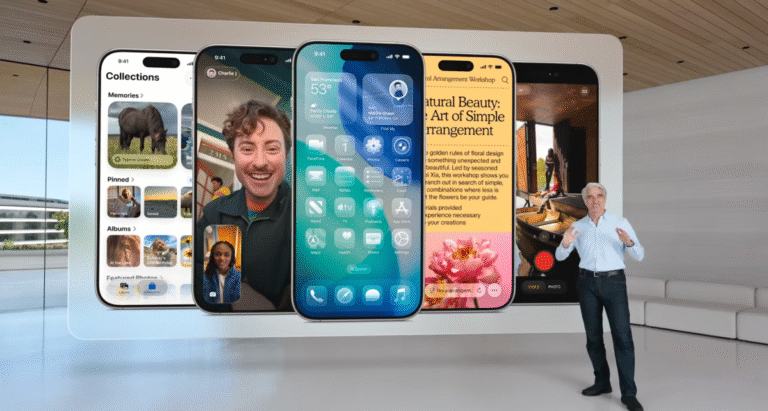After years of doubt, I finally found a foldable worth using daily (Spoiler: It’s not a Samsung or a Pixel)
Something always felt off. Some had unsightly display creases that totally broke the immersion, others were lacking either in the battery life or the camera areas, which are always crucial, some had unusable interfaces, and others were just peculiar in the negative sense of the word.
My point being, no foldable really enticed me to use it as a daily driver, until I stumbled upon this “older” device released back in 2024.
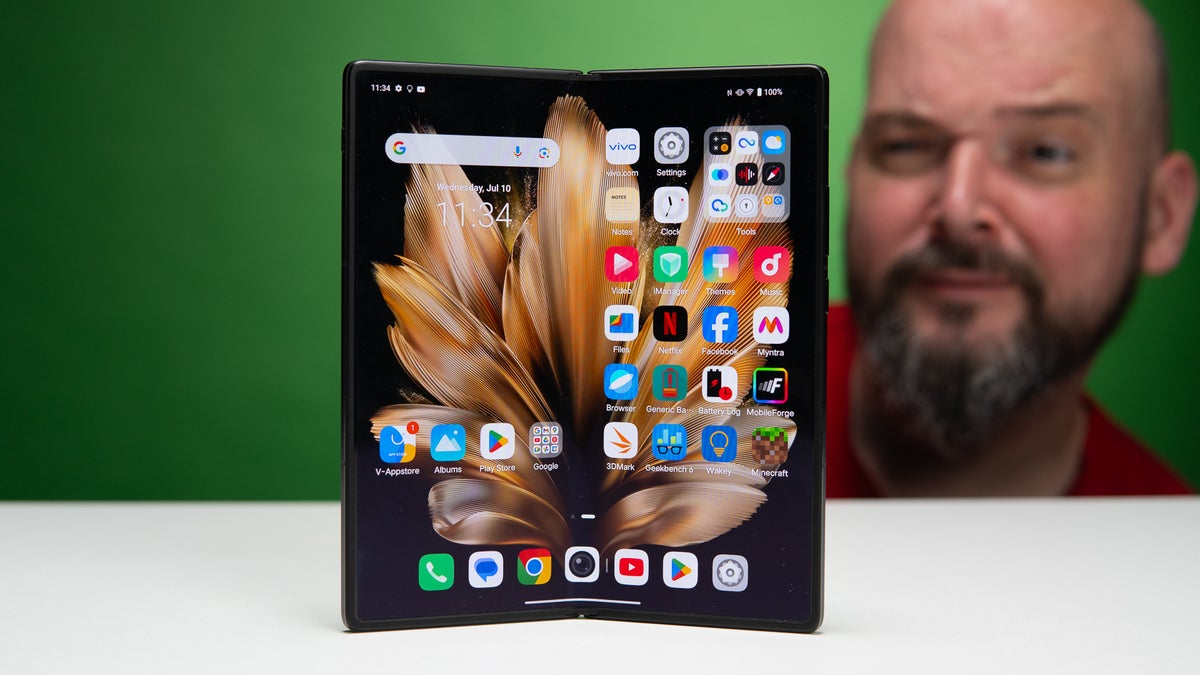
Here’s my colleague Preslav giving the Vivo X Fold 3 Pro a heatlthy skeptical look. But believe me, my friend, this is the foldable that could finally make even you switch from your precious Samsungs. (Image by PhoneArena)
To explain why I rate this foldable much higher than, say, the Galaxy Z Fold lineup, which is what most people think of when they hear “foldable phone“, I will do what I do best and give you a quick review of the phone in question.
The best foldable I’ve used… so far
The first thing that blew me away with this Vivo was the design.
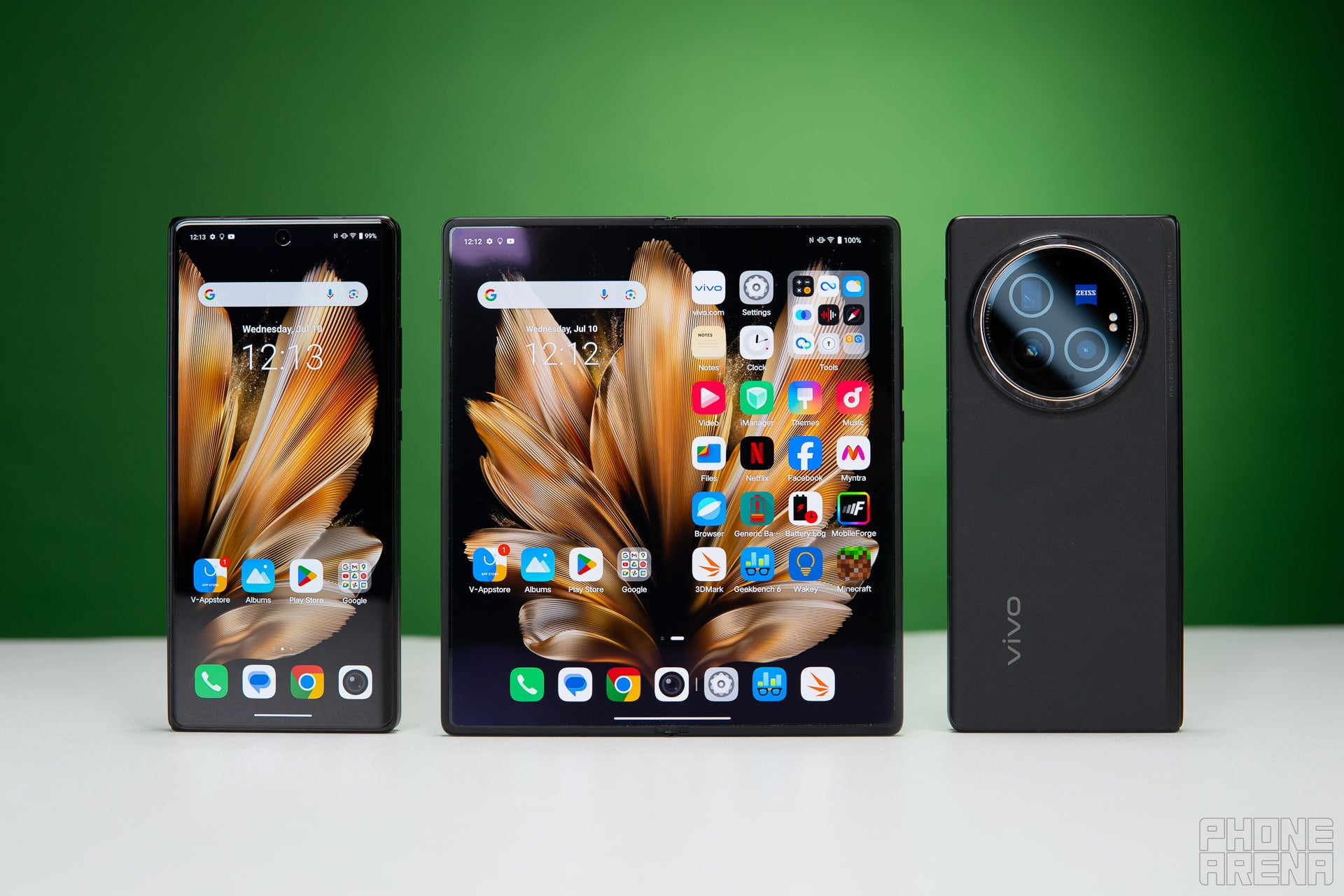
Both objectively and subjectively, it’s a beaut’ (Image by PhoneArena)
I particularly loved the aspect ratio of the phone itself. At 21:9, it’s perfectly functional and notably more useful than the Z Fold’s narrower outer screen. The X Fold 3 Pro is perfectly usable even in its folded state, so you’re not forced to unfold it every time you want to use it.
There’s also a simple but very useful hardware mute switch, which is super-convenient.
My favorite Android interface
The there’s the interface. Laugh all you want, but I’m convinced that Vivo’s oddly named Funtouch OS is among the best custom Android skins. It’s functional, feature-rich, and manages a sleek interface style devoid of any fleeting design trends. There are tons of useful features sprinkled throughout the interface, which is usually the case with phones hailing from China, but interestingly, Funtouch OS is probably the least “Chinese-looking” phone skin I’ve laid my eyes upon.
For example, Xiaomi’s HyperOS or Oppo’s ColorOS are instantly recognizable with their near-identical iOS-like styling that oozes with everything but originality. Funtouch OS is more understated as it’s definitely closer to stock Android yet still has its own, rather unique UX design. Classy notifications (with colorful icons, mind you), a unified notification shade that simply revels in efficiency, and all the latest Android features you’ve come to expect are currently here.
There are many personalization and customization features, with Funtouch OS’ Dynamic Effects offering some of the deepest and most intriguing ways to shape the interface to your liking. You can change the home screen entering animation, the fingerprint icon and recognition animations, the charging and USB insertion animations, the ambient light effect when receiving a notification, and so much more. A proper treasure trove for customization freaks like me!
There are some AI features, but they are mostly forgettable. As long as I have access to Gemini and ChatGPT, my AI needs are sorted, and I have hardly needed anything more.
I absolutely adore the foldable-specific features here, like swiping up an app to open it in split-screen or run in a floating window, as well as the neat dock at the bottom. If you quickly close and open the foldable, you can easily open most apps in split-screen, and that’s genius. Position the phone half-open on any surface, and you get a customizable standby clock.
Hardware that puts others to shame
The Snapdragon 8 Gen 3 is still a flagship chip that marries superb raw power with decent enough efficiency, despite clocking it slightly lower scores in the synthetic benchmarks. The performance is top-notch in almost any task you might think of, and I could even emulate some of my favorite PC and PS3 games with respectable frame rates (thank the gods for Android emulation).
The phone is equipped with 16GB of RAM, which is great in itself, but Vivo also lets you use up to 16GB of the 512GB of storage as additional memory, totalling to around 32GB of available memory. This allows the phone to hold so many apps in its memory that I’m sometimes surprised that apps I haven’t used in a day or so were still held in the memory. This is perfect for heavy multitaskers, which I apparently am.
What I like even more is the fast 100W charging. Pop the phone on the charger, go make yourself a brunch and some coffee, and voilà, it’s typically trickling at around 80%, which is more than enough to last you a day.
Speaking of the displays, both are superb. Colorful OLEDs with just the right amount of customization allowing you to fine-tune the color temperature and tone, very high peak brightness and low enough minimum one, with a smooth 120Hz refresh rate. Absolutely top-notch!
One of the most feature-rich cameras on a foldable
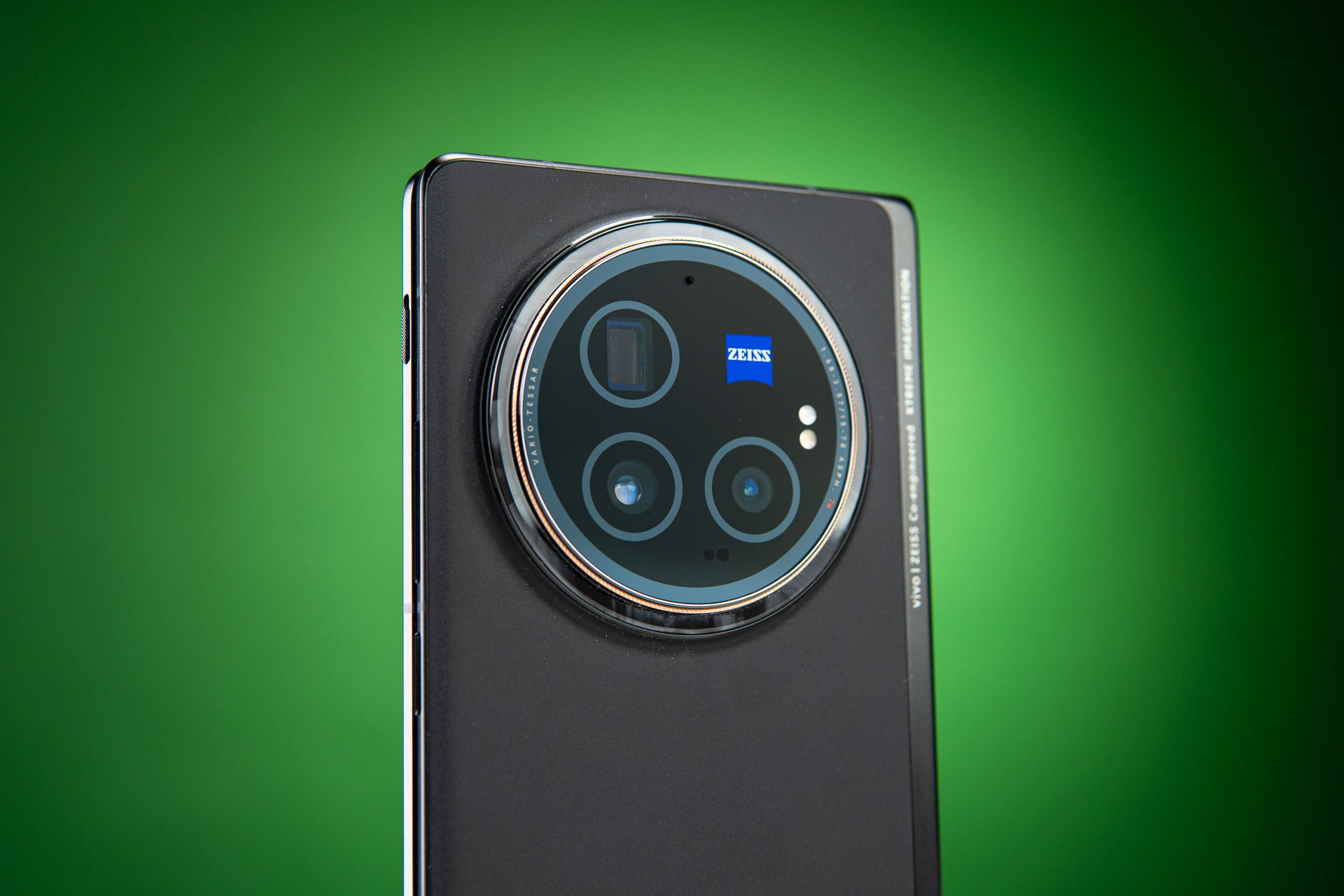
Not the very best, but good enough for me (Image by PhoneArena)
Hardware-wise, it’s a pretty respectable triple camera setup with a 50MP main camera with a large sensor, a 50MP ultrawide, and a high-res 64MP telephoto with 3X optical zoom that uses sensor cropping to zoom even further without any noticeable image quality loss. I routinely take photos at between 6X and 10X, and the quality is more than acceptable (taking your kid to the park apparently involves a lot of zooming in to capture all the shenanigans).
I absolutely adore the number of features and hidden functionalities available in the camera app. Apart from the standard photo, video, Pro shooting, and portrait modes, this phone also lets you take tilt shift photography, dabble into astrophotography (with AR constellation support), have access to many portrait modes emulating the look of some classic Zeiss lenses like Distagon, Sonnar, Planar, Biotar, and so much more.
There’s a proper macro mode here, which uses the correct camera (it’s the telephoto one, not the ultrawide).
You can also customize the cinematic video mode look by applying custom or some preloaded LUTs, apply a slow-shutter effect, and generally feel like an aspiring cinematographer. All cool beans!
Although it’s not the best camera around in terms of pure quality, it’s just enough for me. More often than not, it’s not the camera hardware, but the creativity that takes a better photo.
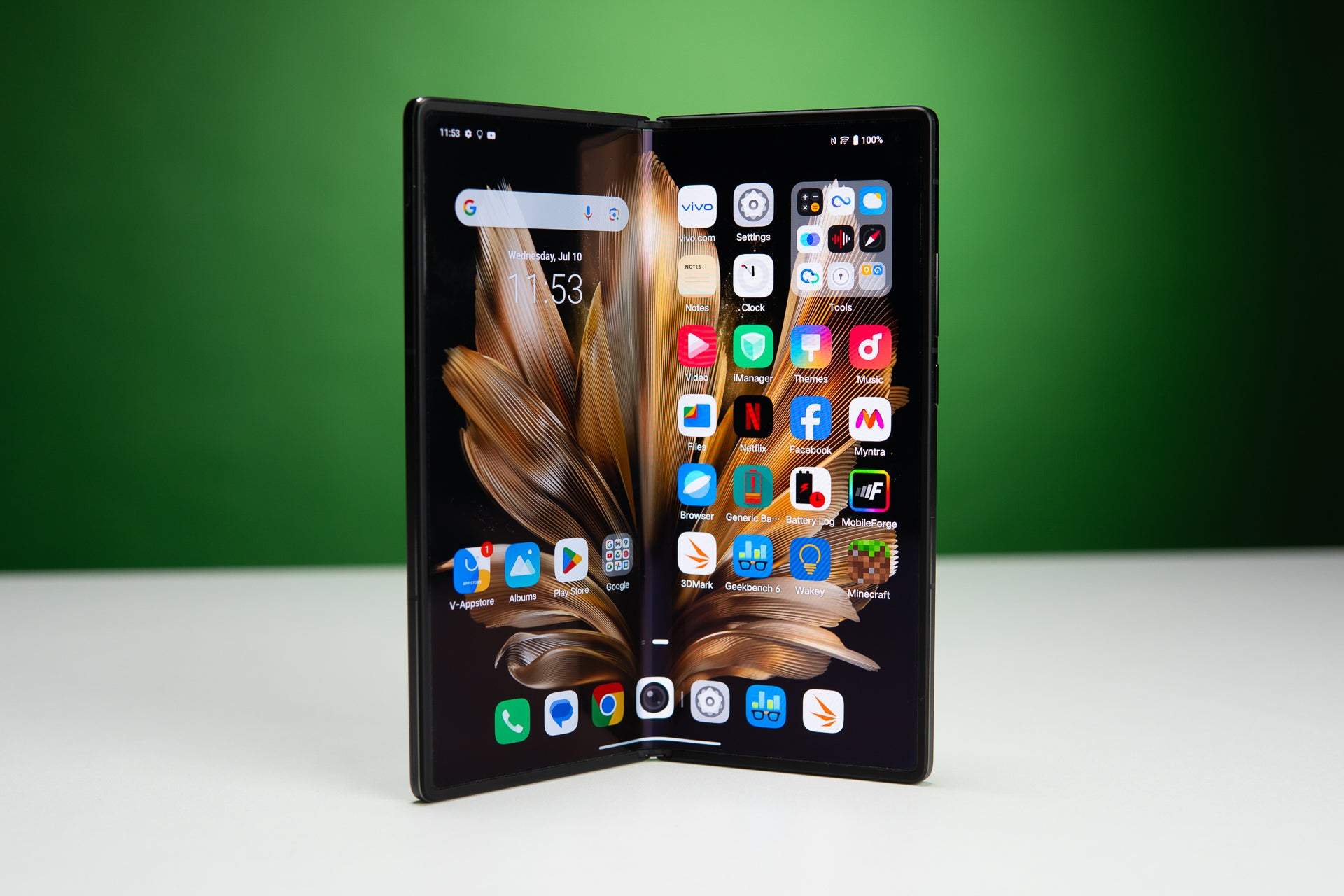
he hinge is perfect. Once more for the Galaxy Z Fold users in the back, THE HINGE IS PERFECT (Image by PhoneArena)
Things I don’t like (but tolerate)
The things I don’t like? The phone can capture up to 8K@30fps videos, but the quality is just okay. There’s a big difference when you switch between the different cameras when taking a video, which doesn’t always look great.
The glass on the outer screen, while having super-strong shatter resistance (at least according to the official specs), the outer glass isn’t very scratch-resistant. While I pamper it, I can notice some micro scratches here and there, which isn’t inspiring a lot of confidence, as I now have to consider getting a 3D glass protector from Chinese online retailers.
The audio quality isn’t too good as well, but that’s usually the case with foldable phones. The dual stereo speakers inside are tiny due to the cramped space inside, which could be some of the reasons why the audio is simply lacking in terms of strength and presence. You eventually get used to it, but if someone plays the same audio track on a Galaxy flagship or an iPhone, it would be a night-and-day difference.
And yes, the pricing isn’t the most affordable. Currently, you can find the phone going for around $1,300 from reputable online retailers that specialize in reselling Chinese phones, but the price was higher last year. Now that I’ve used the phone, I’m fully convinced it’s worth it, though: the value you get out of the Vivo X Fold 3 Pro definitely beats those equally expensive newer foldables out there.
An end of a journey or not?
Currently, I have no plans to stop using this device. It has everything I could possibly want from a phone, be it a foldable or a regular one.
Given the increasing pace of rumors regarding the upcoming Vivo X Fold 5 (the company conveniently skips the “4” iteration of the phone as is the Chinese tradition), I am fully expecting to be shock-and-awed by Vivo’s next-gen foldable phone and would absolutely rattle up the chain of command so that I can review it as soon as it enters the PhoneArena premises.
As a conclusion, I’ve you’ve been hesitant to try out a foldable phone, make sure to look past the usual suspects coming from Samsung and Google. Chinese manufacturers are playing in another league altogether, and I’d never swap the X Fold 3 Pro for a Galaxy Z Fold.
